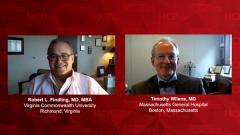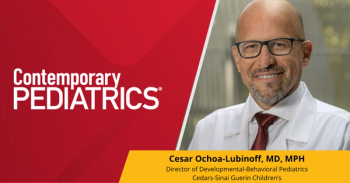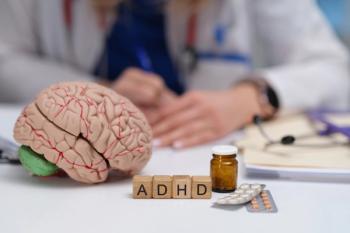
Pharmacologic vs Nonpharmacological Therapy in Pediatric ADHD
Experts in psychiatry review the differences between pharmacological therapy and nonpharmacological therapy as well as the criteria to start a patient on medication.
Episodes in this series

Robert L. Findling, MD, MBA: Folks ask us all the time to compare nonpharmacological treatments with pharmacological interventions. I’m curious about the way you lay things out for folks. I’ll tell you what I do, and we’ll see how close we are.
Timothy Wilens, MD: The younger the child, the more I’m going to rely more on nonpharmacological approaches. As children start to get more into school age, you can use those. But when you look at the overall impact or effect of nonpharmacological interventions on ADHD [attention-deficit/hyperactivity disorder], we have a term called effect size. How much do you move things compared with placebo? To give you a sense, the effect size is around 0.3, whereas other medication effect sizes are between 0.6 and 1.4. Medicines work better.
Second, with many of the cases that we work with, we’ll treat pharmacologically and then see nonresidual symptoms and behaviors that we’re concerned about. We’ll work with experts. We tend to use more behaviorists or cognitive behavioral therapists adjunctly with medications. Our psychotherapists almost prefer that we first treat them with medicine, and then they work with patients because they’re more able to utilize the techniques. I’m interested in what you’re doing.
Robert L. Findling, MD, MBA: As with anything else, it’s how you describe it. Certainly, the younger the patient—particularly under age 6—the more circumspect I become about medicines. But I see that you’re wearing glasses, and I wear glasses. When I’m talking to folks, I always describe ADHD as similar to being nearsighted. A lot of people are nearsighted. You can squint a little, and you can put somebody closer to the front of the classroom if they can’t see the blackboard. But at some point, you’re going to need glasses. You’re going to need to do something. It depends on the context and how bad your nearsightedness is.
At the end of the day, I always put it into context. Even if you can’t see well and you get a good pair of glasses, more often than not, the child has fallen a little behind because they haven’t seen the blackboard well for so long. There’s no pill on earth that’s going to help reacquire those skills. If the child has been frustrated, there’s no pill on earth that’s going to help them enjoy schoolwork. We’re both saying that both nonpharmacological and pharmacological therapies are complementary. In many ways, a lot of that is driven by the individual patients’ needs and circumstances. We’re on the same page about this.
Timothy Wilens, MD: We are. I use the same metaphor of wearing glasses and how you stop doing many things when you can’t see well. You start avoiding things. There’s another litmus test I use for any disorder—including ADHD—in terms of when you medicate. I teach my fellows and other physicians that if a child is struggling, suffering, or has impairment, you need to think about treating them. Because medicines are first-line treatments for ADHD in the United States, you need to think about that seriously.
Transcript edited for clarity
Newsletter
Access practical, evidence-based guidance to support better care for our youngest patients. Join our email list for the latest clinical updates.











